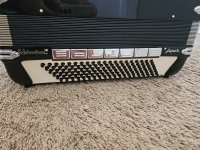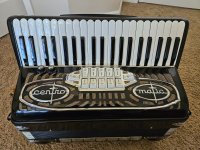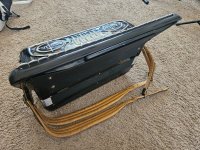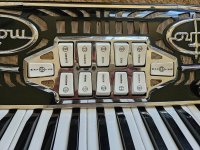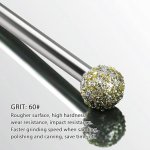Donpablo34
Newbie
Hello dear members of this beautiful forum! Could you please help me with advice on choosing a full piano accordion? At this moment there are 3 options for purchase:
1. Titano Virtuoso with Palmer Converter (LMMH 11/5 registers);
2. International Centro Matic Super (LMMH 11/5 registers). I think it's a copy of Lira Centro Matic Super 50;
3. Pancordion Panjet 45 (LMMM 8/5 registers).
If you imagine that they are all in excellent condition, which one would you choose? I listened to how they all sound on YouTube, and I like them all. My last accordion was Weltmeister Caprice (Full), since then I have not played for 8-10 years. Now I decided to return and want to buy myself a good instrument.
1. Titano Virtuoso with Palmer Converter (LMMH 11/5 registers);
2. International Centro Matic Super (LMMH 11/5 registers). I think it's a copy of Lira Centro Matic Super 50;
3. Pancordion Panjet 45 (LMMM 8/5 registers).
If you imagine that they are all in excellent condition, which one would you choose? I listened to how they all sound on YouTube, and I like them all. My last accordion was Weltmeister Caprice (Full), since then I have not played for 8-10 years. Now I decided to return and want to buy myself a good instrument.


